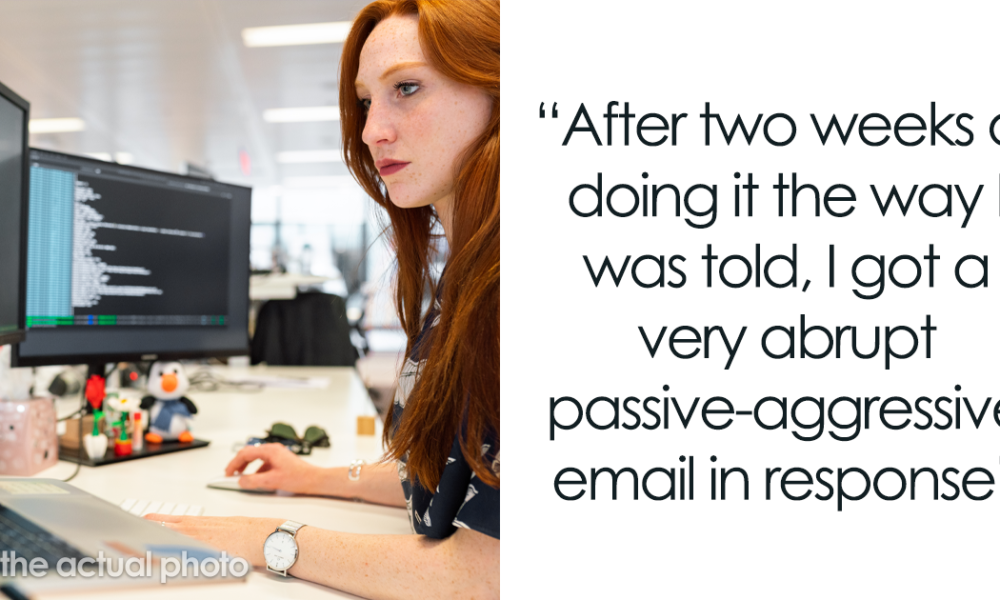
“Oh, you want individual emails? You got it.
No one enjoys receiving passive-aggressive email. Especially if your colleague makes an illogical request and ignores your attempts to clarify its meaning. In some cases, the best countermeasure to this is a slightly malicious compliance to their demands. in a letterPeople often find very quickly that what they wanted was far from what they actually wanted.
Shared by Redditor u/phantommichaelis How she taught her passive-aggressive co-worker about polite communication. The OP explained to the r/MaliciousCompliance community how they group patient information by type and typically send internal emails to Records. However, one new employee requested that each appointment be sent individually rather than in one neat email.
Ultimately, the redditor did it relentlessly. Scroll down to see the full story and how her colleagues reacted when they got what they wanted.
bored panda I reached out to u/phantommichaelis vis Reddit. We will update the article as soon as we receive a reply.
Dealing with passive-aggressive colleagues can be a nightmare.Thankfully a little bit of malicious compliance can set things right
Image credit: ThisIsEngineering (not actual photo)
Employees shared how they dealt with someone’s rude request about how to send work emails
Image credit: Stephen Phillips (not actual photo)
Image credit: Karolina Grabowska (not actual photo)
credit: Phantom Michaelis
In short, redditor u/phantommichaelis viciously followed the demands of his disrespectful colleague. She sent 60 emails in a row instead of neatly categorizing them by type. It took her two extra hours, but the payoff was pretty quick. After just two days of doing this, my passive-aggressive colleague quickly realized the mistake he had made.
result?short-term intensive course E-mail etiquette: Introduce yourself, say hello and thank you, and don’t make random requests. Also, don’t ignore people’s attempts to clarify what you want. Both politeness and basic politeness go a long way when emailing someone.
There is also the possibility of calling or meeting in person to diplomatically find out what is going on. There is no substitute for open and honest communication, but malicious compliance is often much more fun!
According to one study A 2013 study found that regularly dealing with passive-aggressive behavior leads to employee burnout. BBC Work Life Notes This kind of behavior has an overall negative impact on the company and the people who work there. Both productivity and work culture are compromised. In other words, passive-aggressive behavior is something any company really wants to avoid. Dealing with it, however, is a whole other challenge.
“Passive-aggressive behavior can be difficult for organizations to address because it is often very subtle and indirect in nature. It’s fairly easy to deny malicious intent or try to manipulate the situation by claiming to be the ‘victim’ rather than the attacker,” New York-based careers expert Amanda Augustine told the BBC. told to
She explained that some passive-aggressive co-workers are trying to get other employees to react to what they say. They enjoy subtly manipulating others. The best approach here is to “control your emotions and act calm” no matter what they say or do. You’re denying them what they really want: a reaction.
If that doesn’t work, talk to the higher ups of the company about what’s going on. A supervisor or HR department may wish to examine the behavior of other employees. But before you go to a group meeting to discuss this, have clear evidence of what your colleague has done. This will prevent them from pretending to be the victim and denying everything you say as they try to get out of the whole conflict.













